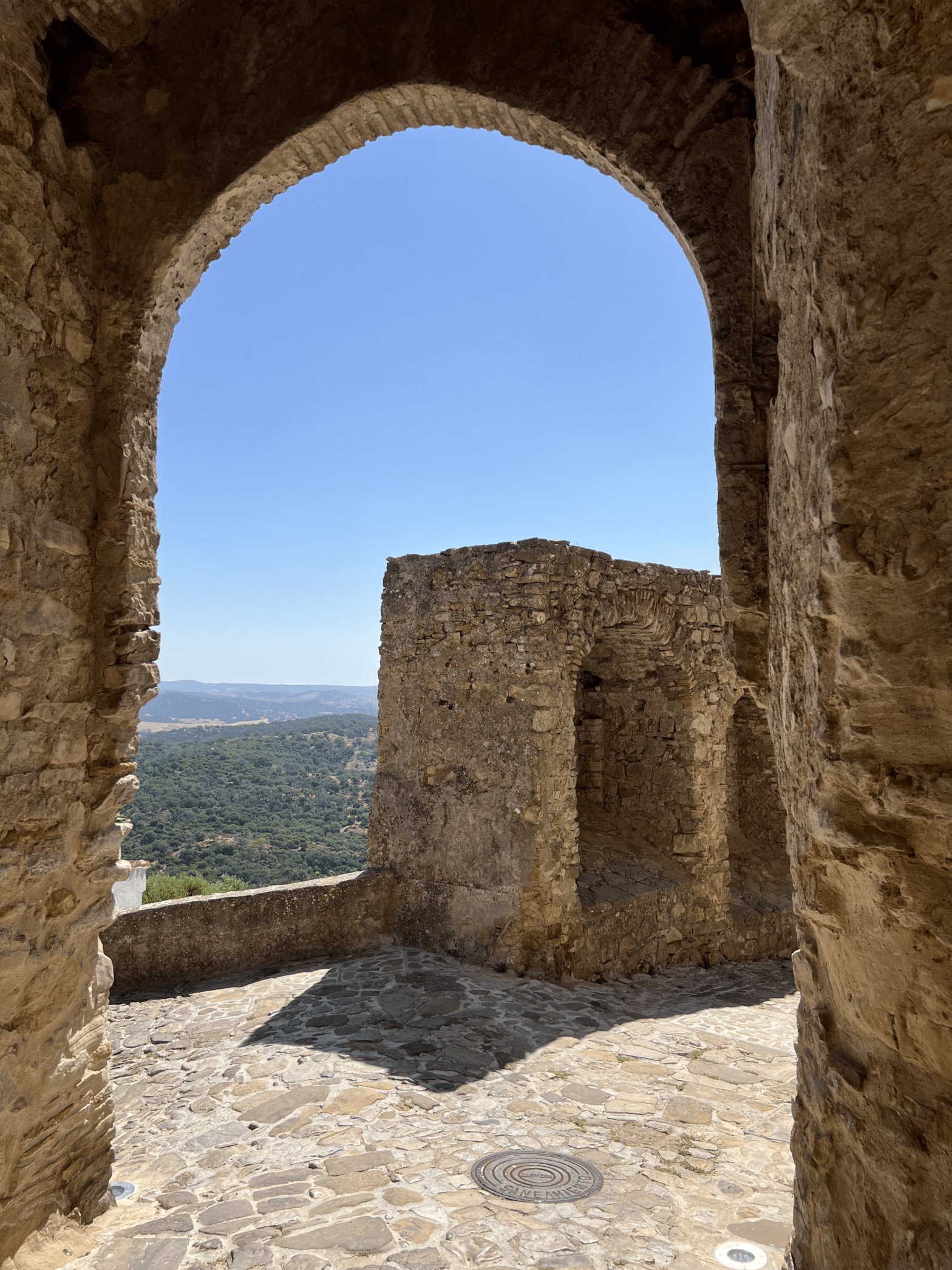When looking for traces of the past in Andalusia, it is impossible to miss Castellar de la Frontera. The history of the village dates back centuries and is linked to its strategic location on a rocky hill. The village was the site of human settlements as far back as the Palaeolithic and Neolithic periods.
In the depths of history
The town is located in the province of Cadiz, in Andalusia. It is also part of the region known as Campo de Gibraltar. Currently, the life of the inhabitants is concentrated in three places, which are: Castellar Viejo (commonly known as El Castillo), Castellar Nuevo and La Almoraima. What also sets this place apart from the others is the unique variety of chaparral plant found here. Today, Castellar de la Frontera is also popular for its medieval castle, which is the area’s most important tourist attraction.
Human presence in the area was documented as early as the Palaeolithic and Neolithic periods through the finding of numerous cave paintings. In ancient times, the Iberians living here built the Lascutana tower at Alcalá de los Gazules, near Castellar. During the Roman rule over these lands, a small settlement was built in the immediate vicinity of the tower, of which the remains of residential buildings have survived.
Numerous archaeological finds date from the period of Visigoth domination of the area. The greatest flourishing, however, did not occur until the Islamic rule of the Iberian Peninsula. A citadel was built in 711 and a residential settlement was also established at the same time, which, due to its location – on the border with Granada – played an important role during the wars for Granada in the 15th century.
Castellar de la Frontera was one of the links in the chain of fortresses of the Nasrid kingdom. It provided a link to the tower of Palmones and the bay of Algeciras, and to the north to Jimena de la Frontera. An important event for the region was the capture of the castle by Juan de Saavedra, the commander of Jimena de la Frontera, which took place in 1434. Juan II granted Juan de Saavedra the governance of the town and it was his family, the Arias de Saavedra, who reigned here for generations to come.
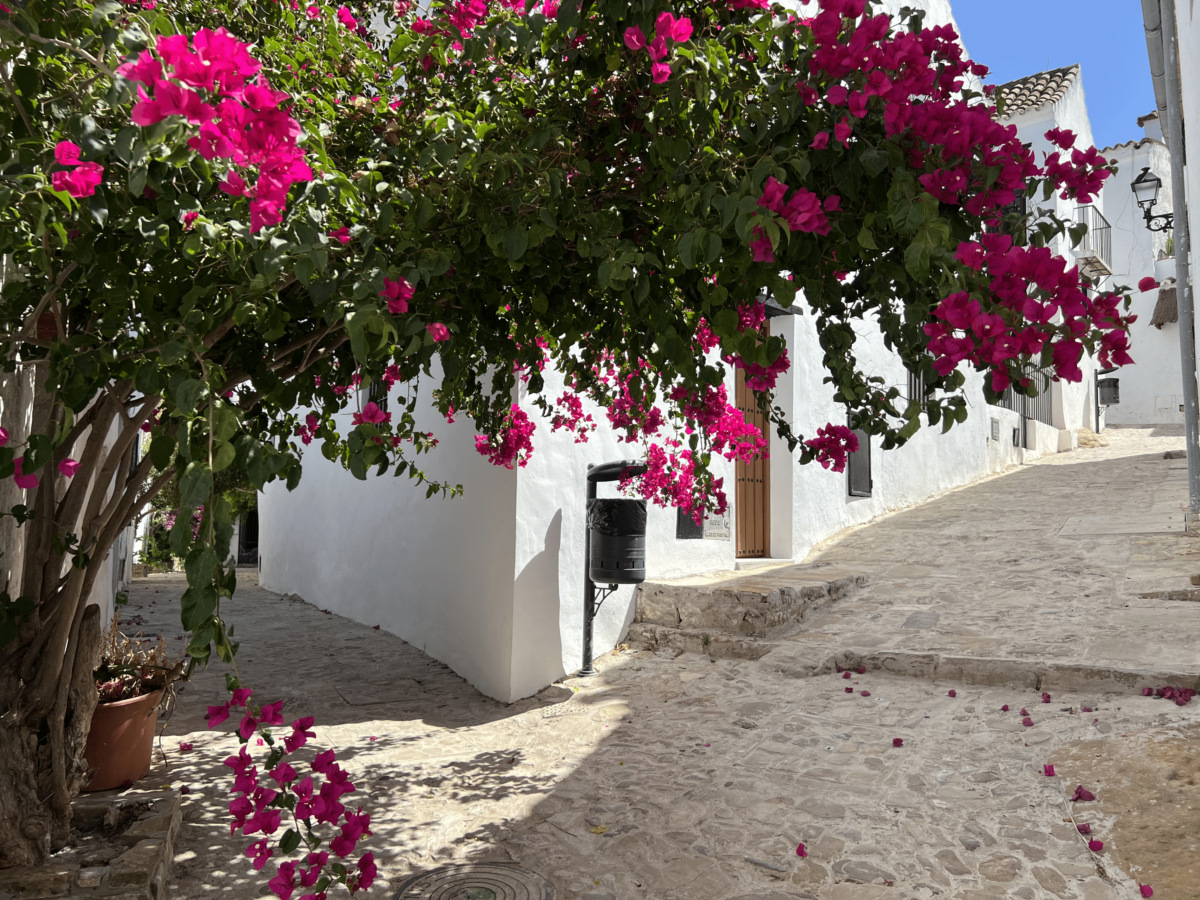
Picturesque location
The village itself is distinguished by its distinctive shape as seen from above, and above all by its wide streets and white houses with large courtyards. It also has a peculiarity that sets it apart from others in the region – namely the houses have large gardens adorned with lawns and palm trees – they are also characterised by a large variety of flowers.
Among the city’s key monuments is Castellar Castle, a Nasrid fortress built between the 12th and 15th centuries. Castellar Castle rises on a steep hillside. It is located in the centre of the Los Alcornocales Natural Park, between the Guadarranque and Hozgarganta rivers. The Guadarranque reservoir is located nearby.
The Moorish fortress served as the residence of the Counts of Castellar. When analysing the architecture of the building, it is worth noting the irregular plan and the walled enclosure with barbican and towers. In the centre of the castle is a parade square that leads to an inner village with whitewashed houses and narrow, winding streets.
It is worth mentioning that the building was partially restored in 1979. From the mid-18th century, Castellar Castle and the surrounding area belonged to the princely Medinaceli family – until the early 20th century, when part of their land was expropriated. Around 1970, a private company acquired Finca La Almoraima, Castellar Castle and the monastery from the Medinaceli family.
The village of Castellar de la Frontera was declared a historical and artistic monument in 1963 and has been listed as one of Spain’s most beautiful villages since 2019. When the original village – surrounded by a walled castle – ran out of space, it became the nucleus of Castellar Viejo, now also known simply as ‘El Castillo’, and ceded its modernity to Castellar Nuevo, which began to develop from 1971. From here, it is worth heading to the fortress of the Counts of Castellar – with its town hall and the Baroque church of Divino Salvador.
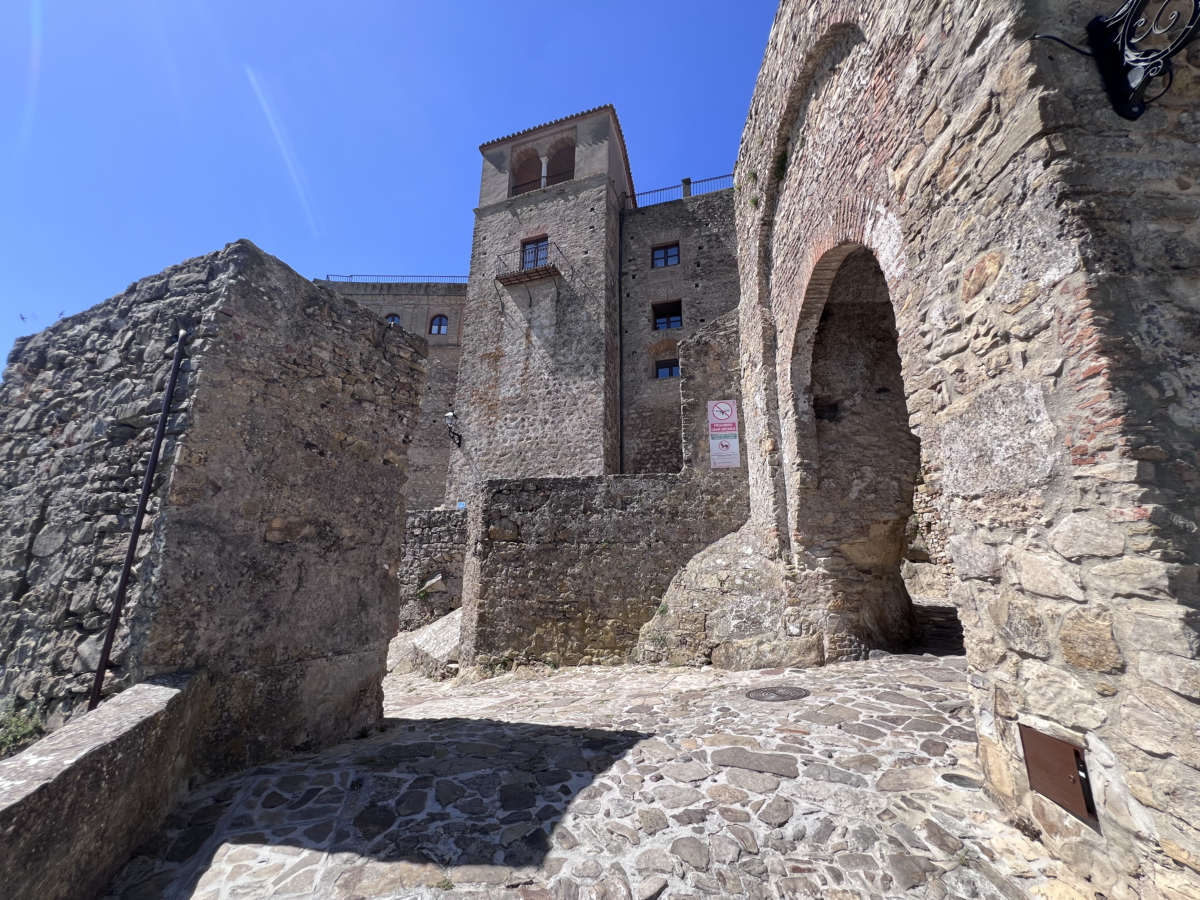
In search of traces of the past
The Palace of the Counts of Castellar, the current seat of the Town Hall, is a building built between the 15th and 16th centuries and… demolished in 1977. In the past, it served as a prison during the Civil War and later became a school for Trinitarian orders. Following its demolition, work began to reconstruct the building, using original designs and traces of the past – including, among other things, old photographs and documents.
Another place worth visiting is Almoraima, whose history dates back to the 16th century and is linked to the construction in 1603 of the monastery of San Miguel de La Almoraima, then occupied by the Order of Barefoot Friars of La Merced. The monastery of San Miguel de La Almoraima was transferred to the ownership of the Dukes of Medinacela in 1868.
Another important historical event associated with the Almoraima name was the start of La Almoraima Cork Company. This company was a boon to the region’s precarious economy, basing its main livelihood on the resources offered by the cork oak, the dominant tree in the area’s vegetation. Almoraima began to be populated by new residents and the development of the cork industry also led to the establishment of a rail link on the Algeciras – Bobadilla railway line in 1890.
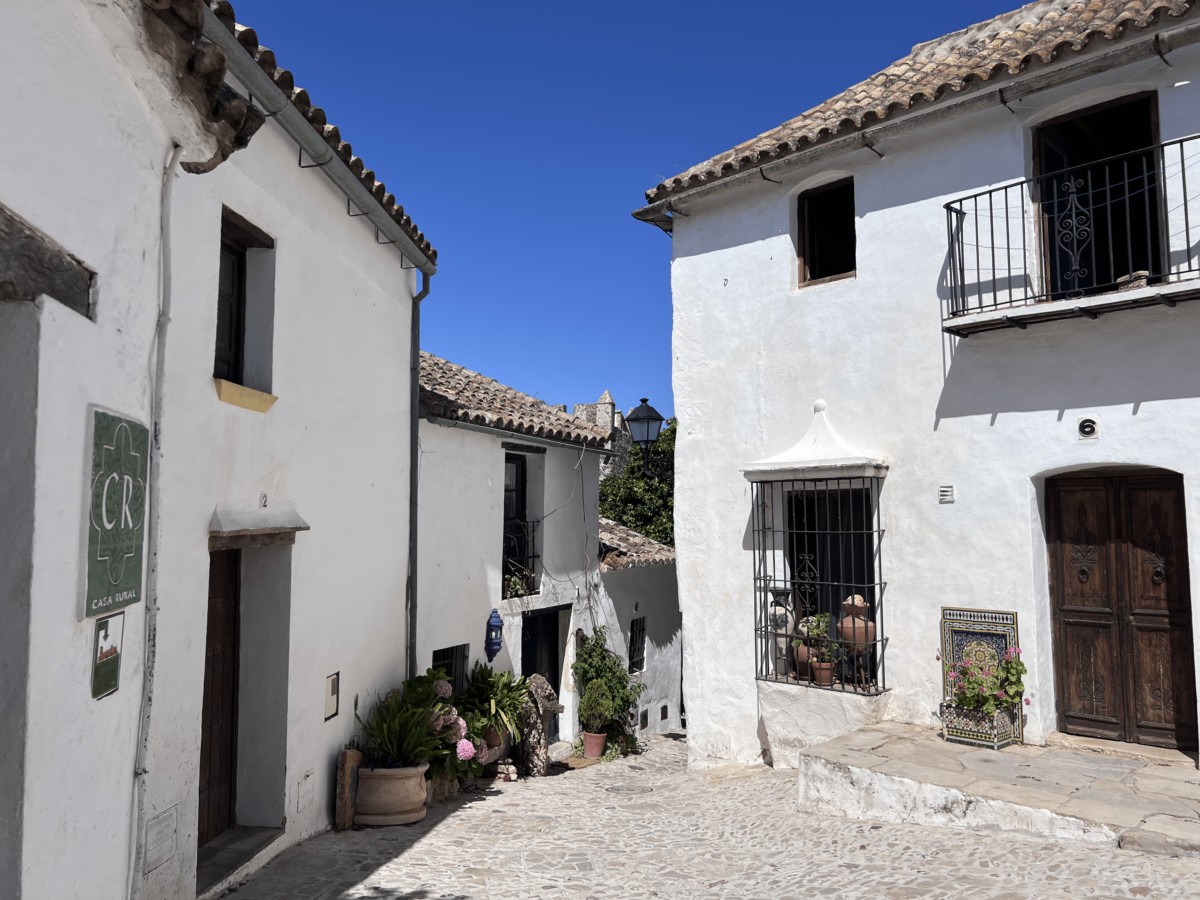
Saint Christ of Almoraima
This is an image dating from 1603, brought from Madrid at the request of Beatriz Ramírez de Mendoza, Countess of Castellar. The aristocrat made a promise to build a monastery in Castellar and fulfilled it in 1603, when La Almoraima Monastery was founded. At the same time, the countess brought the image of Christ. Between 1837 and 1840, due to the liquidation process carried out by the government, the brothers of La Almoraima Monastery sold all their property.
In 1973, the heirs of the Duke of Medinacela, then owners of the painting, donated the work – Cristo de la Almoraima – to the local community of Castellar.
Also worth a visit is the Divino Salvador parish church, which is the most important church in the area. Built on the former site of an ancient Arab mosque, it consists of two distinctly differentiated parts, corresponding to the two phases of its construction. The Gothic apse dates from the 14th century, while the late Gothic-style extension dates from the late 15th and early 16th centuries.
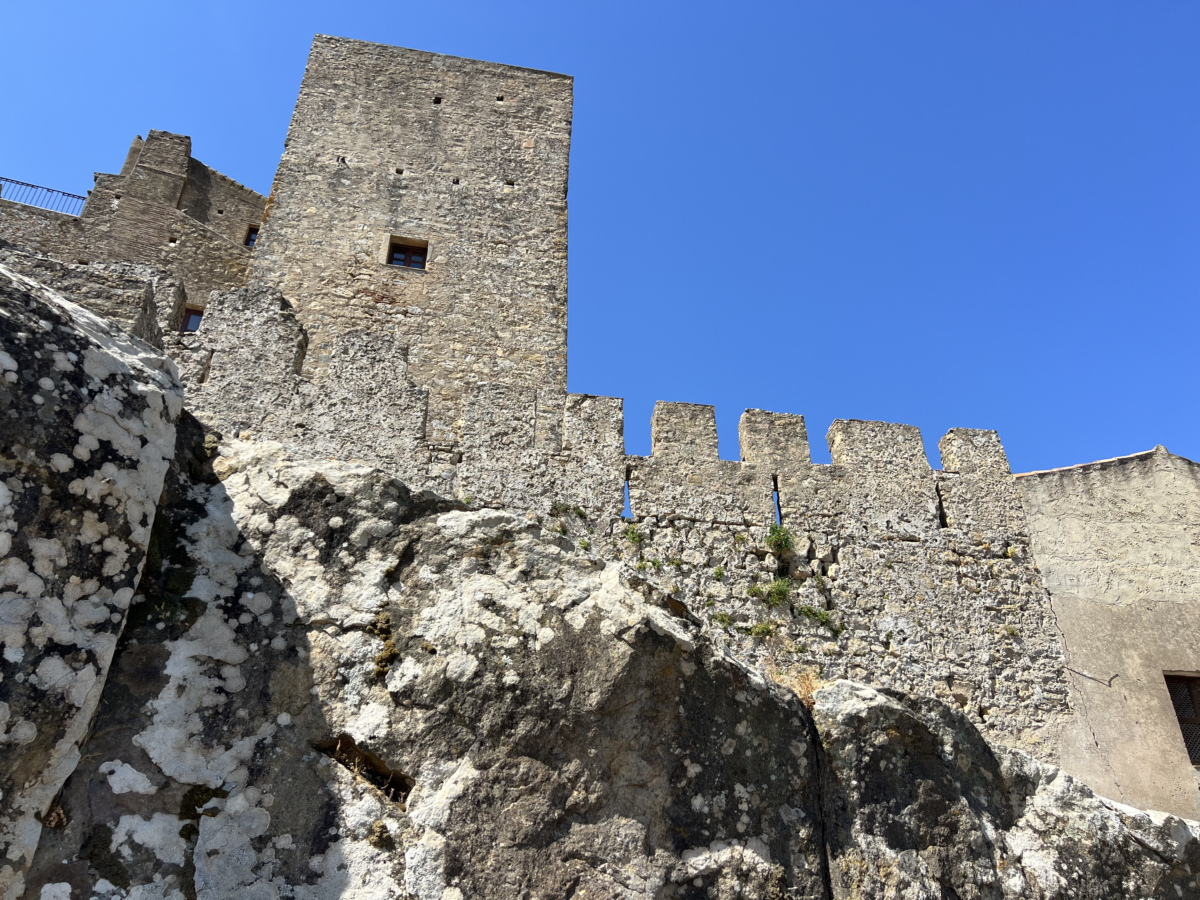
The important role of Guadarranque
Castellar de la Frontera’s importance as a village and in terms of resources increased in 1960, when work began on the construction of the Guadarranque reservoir. Today it is one of the main sources of drinking water in the Campo de Gibraltar, along with the Charco Redondo reservoir in Los Barrios.
In addition to supplying drinking water to all the inhabitants of the region, the Guadarranque reservoir meets other needs, such as supplying the industrial sector in the Bay of Gibraltar and irrigating all the agricultural plots in the area. It is located at the foot of a rocky and elevated hill, from where it is possible to contemplate the views, taking advantage of the magical location of the castle – situated on top of the mountain. The Guadarranque reservoir is as large as 435 hectares.

